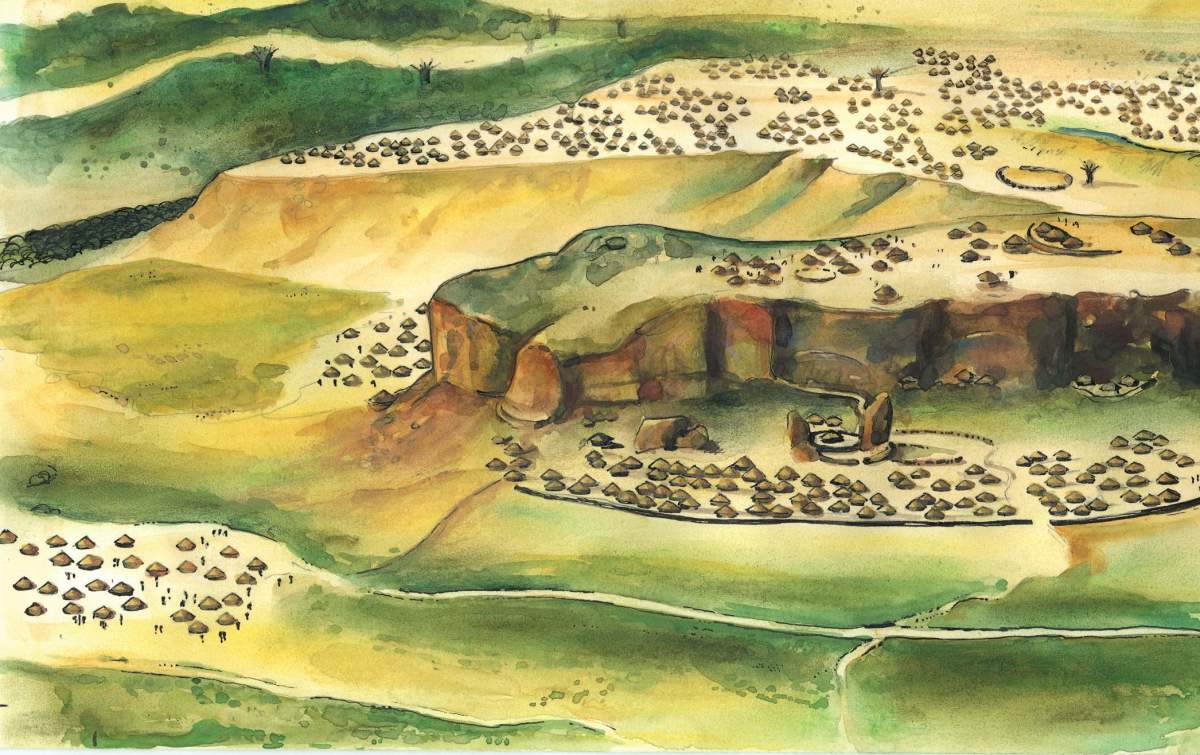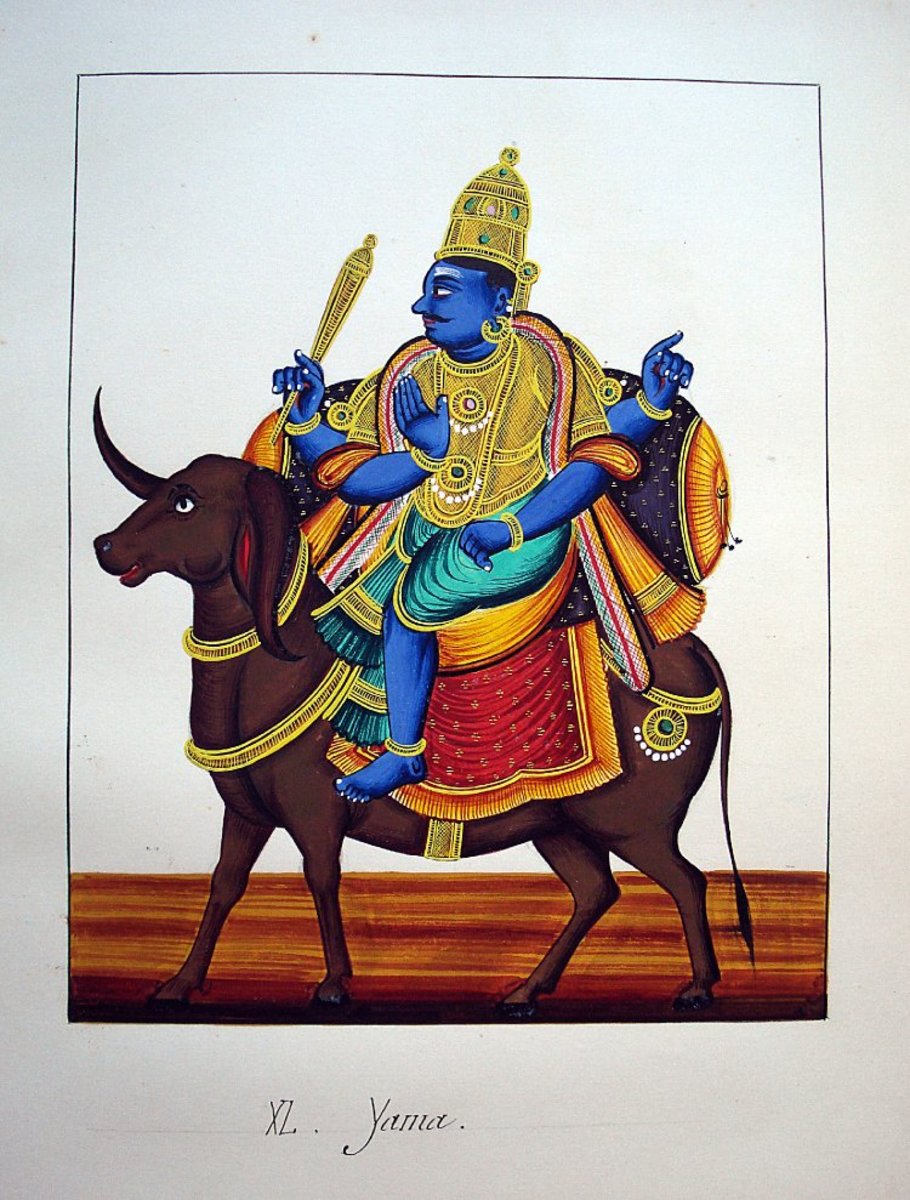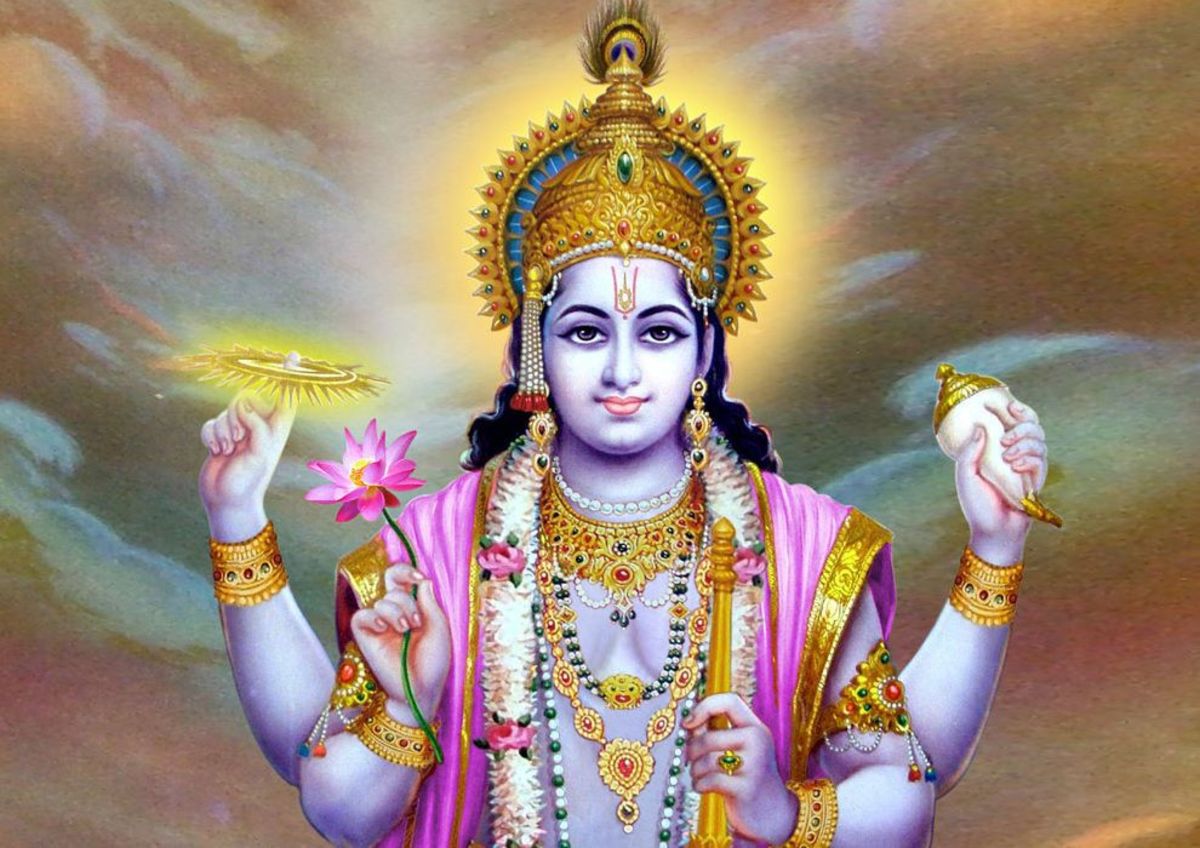Traditional Ways of Life to Conserve Nature and Prosper Through Agriculture
Culture and tradition
Hinduism is considered as a way of life. It is not just a religion but it is a holistic lifestyle which is time tested and completely coherent with the environment and human nature. Agriculture is also a part of this way of life and has become a tradition.
If you like to conserve the environment, you must have understood the importance of it and the essence of Hinduism. You find the benefits by which the traditional lifestyle and culture helps to find God in the environment. The traditional texts emerging from this concept, not only teach you how important is the environment but also help you to find God through your environment. In that way, your approach to the environment becomes a divine ritual, a bond with the environment, which is the most valuable form of social service.
The divine ritual and eternity impart you more happiness and peace of mind than being only social. On one side, you are there, and on the other side, there is complete absoluteness of the divine environment.

Vedas, Upanishads and culture
When we look into the Vedas, we can see, it is the ultimate science describing energy, environment, universe and everything having a direct influence on life.
When we conceptualize the spirituality of Vedas, we can understand that everything is divine in this universe, every entity is a part of God. This is because we find God in each element.
Vedas were created around 6000 years ago and which were classified by Maharshi Veda Vyasa into 4 different parts. Thus, Vedas are four in numbers. Rig Veda, Yajur Veda, Sama Veda and Atharva Veda. Rig Veda includes scientific practices and descriptions of nature in about 10,000 verses.
Yajur Veda consists of mantra and sacrifices described in about 2000 verses. The Sama Veda comprises Mantra chanted in melodious tunes in about 2000 verses. Some of the special practices of the Vedas are included in the Atharva Veda which is of around 6000 verses.
Upanishads were created about 3000 years ago. This is where the time tested principles and practices of life were elaborated. The texts of Upanishads, numbering 108 volumes, which are offshoots of the different Vedas. The Upanishads are also known as Vedantas. Various Suktas are part of the Upanishads. The simple Purusha Sukta, completely depicting divinity in many things and respecting such divine things make you eligible for the boons from Mahavishnu. The meanings, on one hand, are very simple and plain at the same time are deep-rooted. Besides, there are Brahmanas and Aranyakas which all form the ancient texts of Hinduism. These include philosophy and practices. One cannot read all these things and understand in one life-term. The beauty is that all these are different and unique in content. Rudra Prshna is another vivid illustration of the divine entities of nature by which we can find and worship Lord Shiva. When we go through the Lalita Sahasra Nama and Vishnu Sahasra Nama, we understand the ways and means to find the Goddess and the Lord in nature and how tiny the human beings really are in this magnanimous nature.

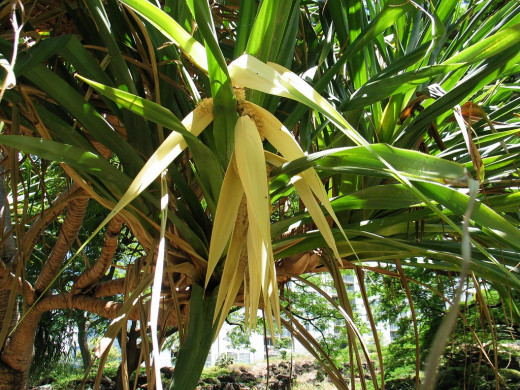

Vedic agriculture
Ancient agricultural text by the name 'Krishi Parashara' authored by the sage, Maharishi Parashara (400 B.C.) who was the grandson of Maharshi Vashishtha, describes in about 243 verses regarding the agricultural systems of those days. It includes cultivation and use of animals both in cultivation and other uses and the intricacies of seed collection and preservation as well as conquering the fertility of the soil by considering auspicious time for sowing the seeds and so on. These are adopted in the modern-day natural farming for overcoming bottlenecks due to unnatural practices. Maharshi Kashyapa also had his contribution to traditional agriculture. Chandokya Upanishad also has text on traditional agriculture.
The ancient understandings of the basic elements of nature are true even today. The earth, fire, air, water and the sky were considered as the five basic elements of any living things (Panchabhuta). Furthermore, in the Vedic literature, energy, nature and planetary influences on life were described.
Guest is farmer’s god
What we offer something to God during his ritual performances are nothing but leaves, flowers, fruits and water, as well as some special preparations. We say "Atithi Devo Bhava" and offer these to our valued guests as a part of hospitality with similar dedication.
Hinduism by culture and tradition consider agriculture as a part of life. The ancient Gurukula system had the gurus who are farmers taking the help of their disciples for farming as well as teaching them with ultimate knowledge. By understanding this today, in India as much as 70% of the people continue to do agriculture. Among these, some of the people are doing agriculture even by withstanding deficits.
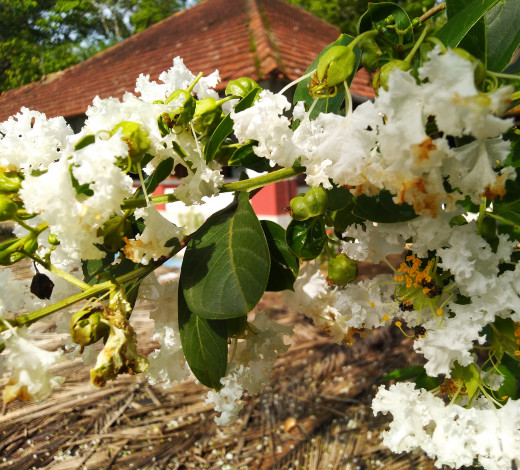
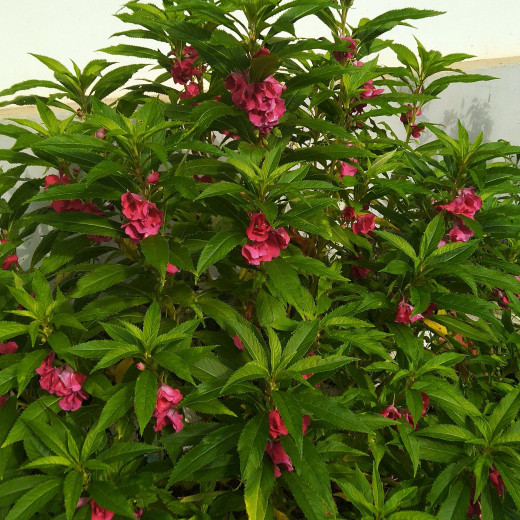
Grow more
It may be difficult to find such an integration of the tradition, religion and livelihood practices holistically, to preserve the nature for generations. This also helps the persons who are observing the tradition to experience fruitfulness in real terms. Following the Vedic traditions helps the individuals to observe Hinduism even though they follow the religion of their choice. This is ultimately for fulfilling peace and prosperity.
I am inviting everyone to follow true tradition, do agriculture, conserve the environment and get blessed with health, peace and prosperity in their life. If you have less extent of land, you can do pot cultures, terrace garden or vertical urban horticultural garden with a lot of diversity of plant species on the whole.
This content is accurate and true to the best of the author’s knowledge and is not meant to substitute for formal and individualized advice from a qualified professional.
© 2019 Halemane Muralikrishna



